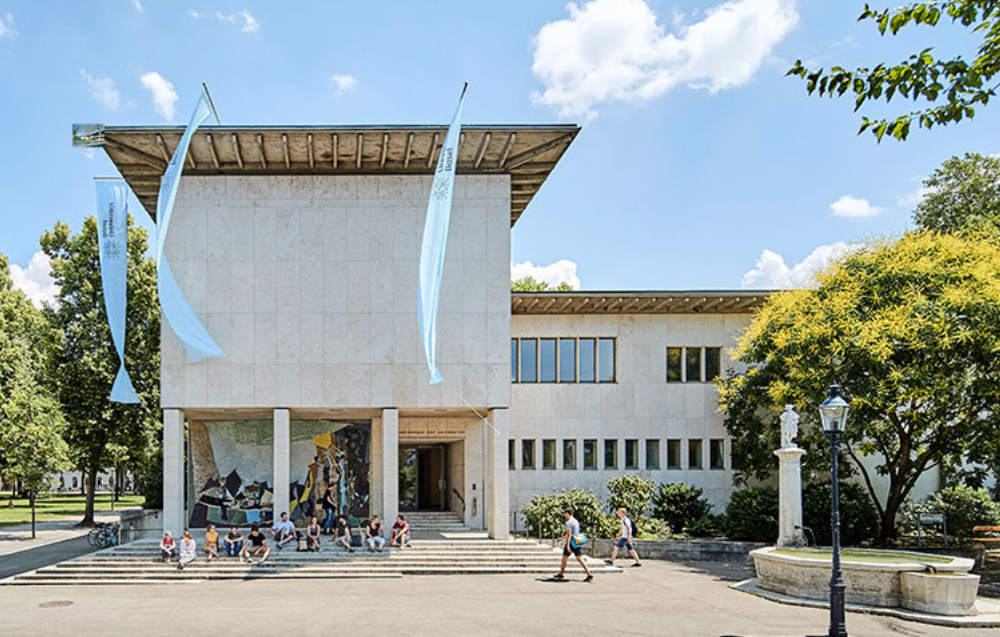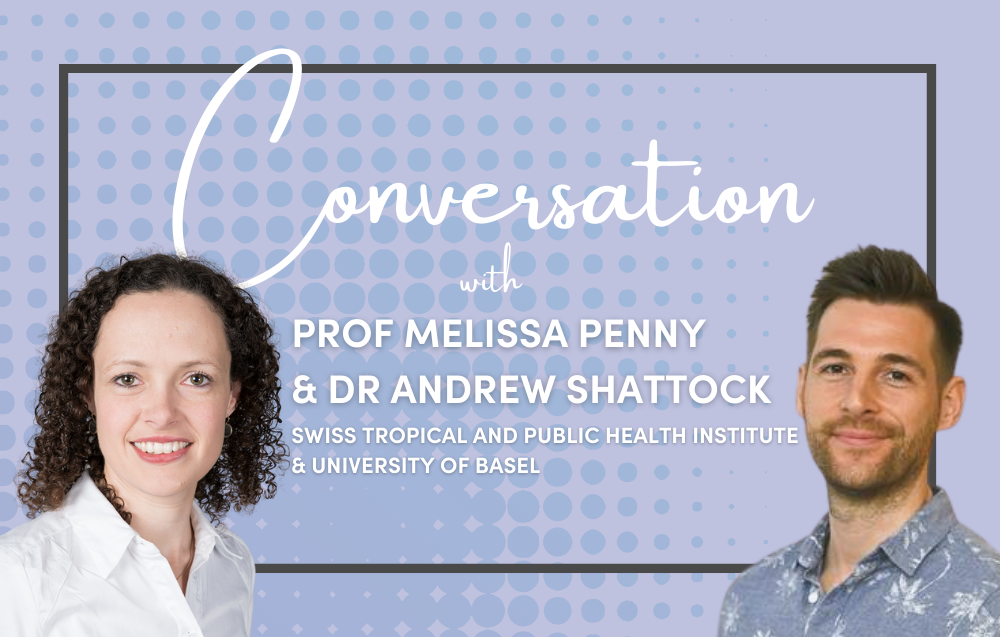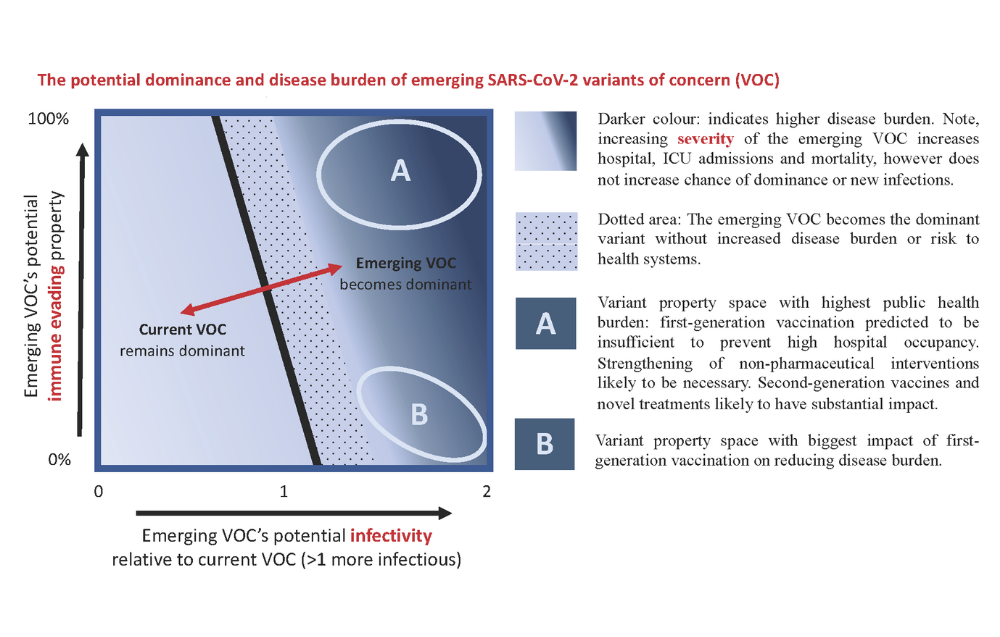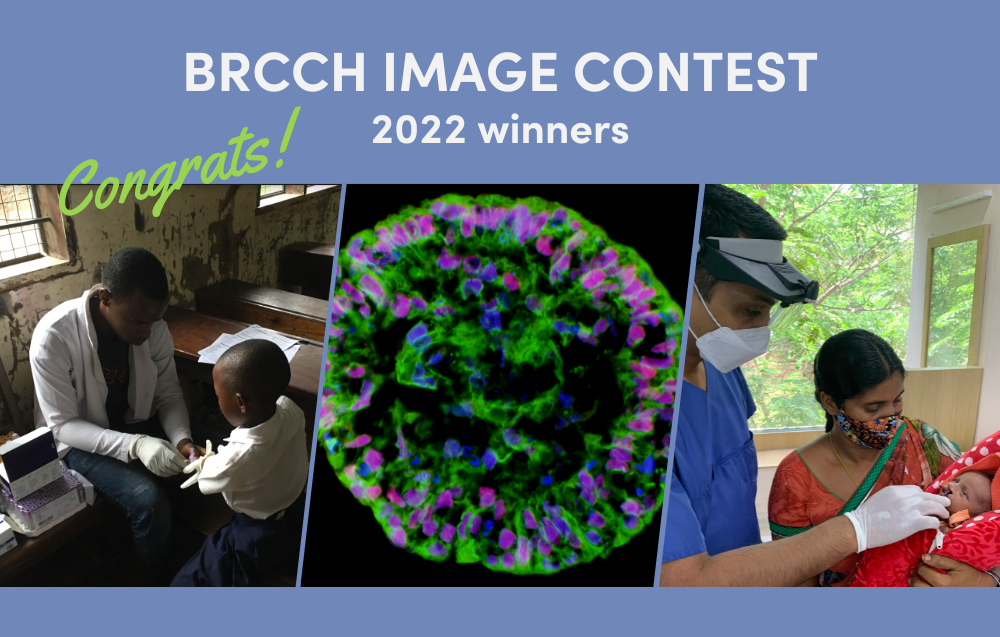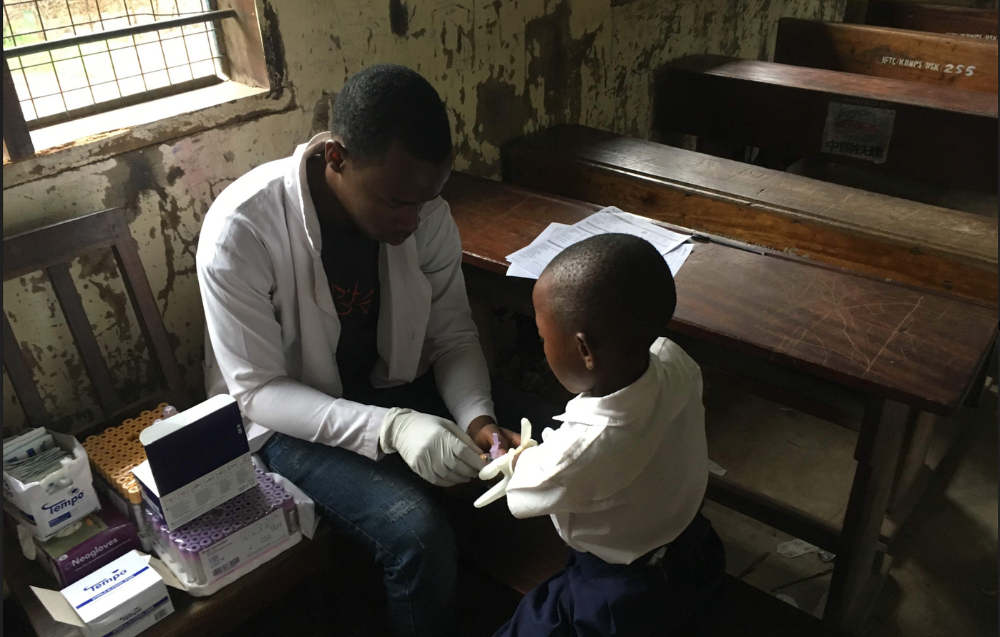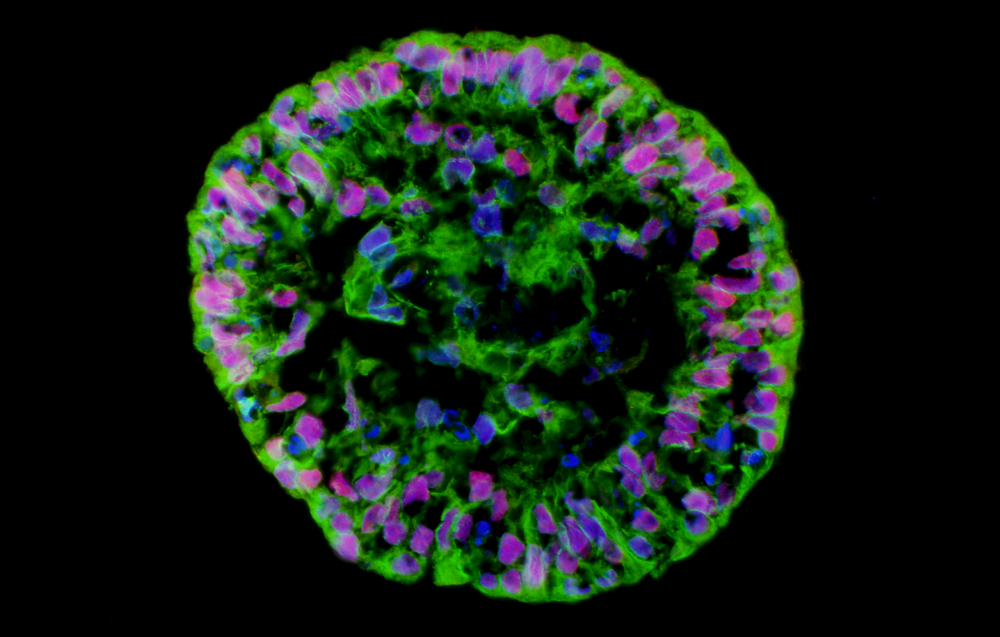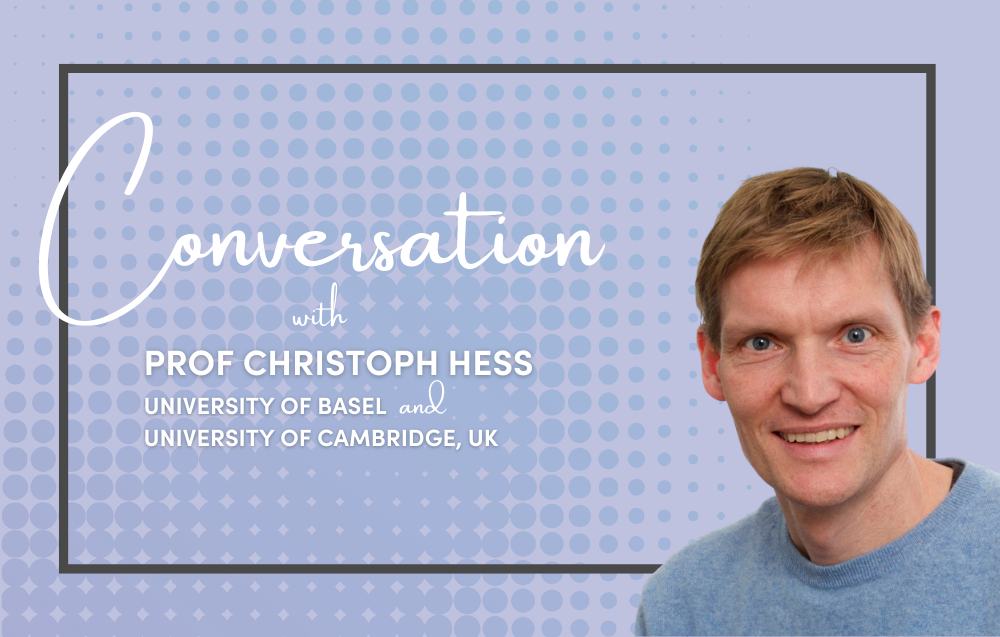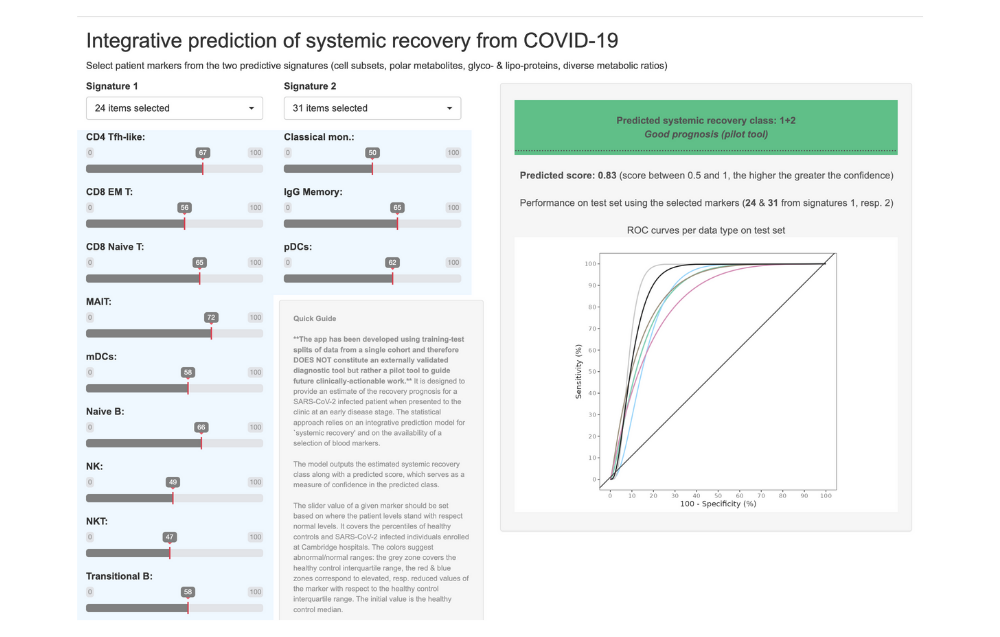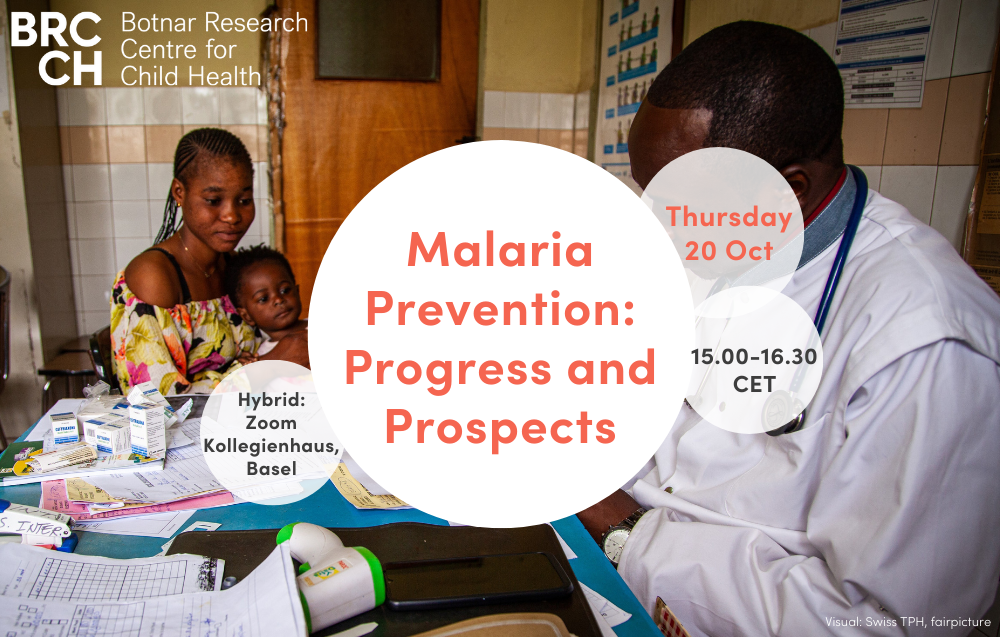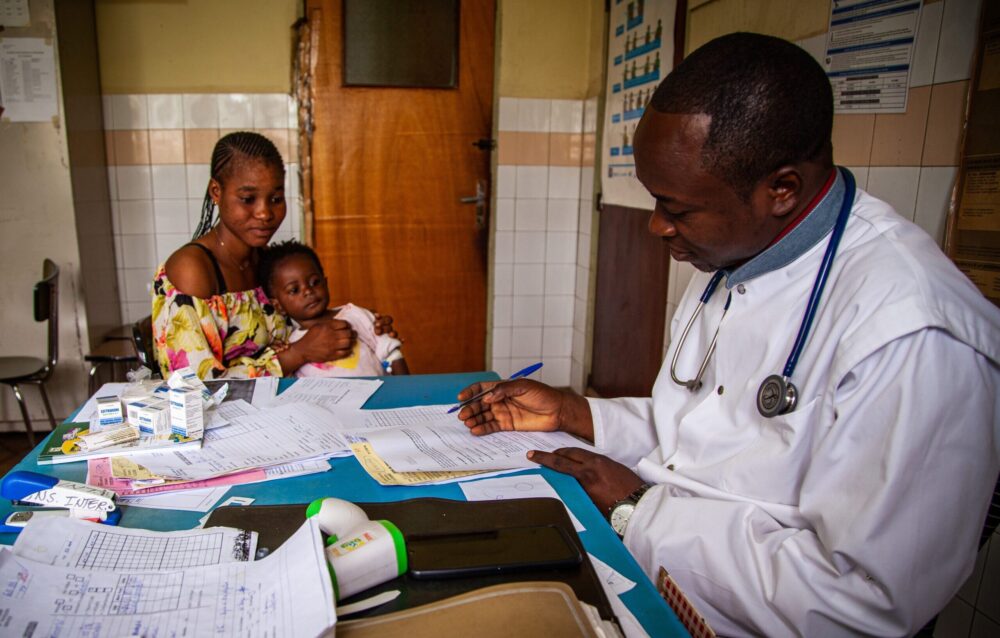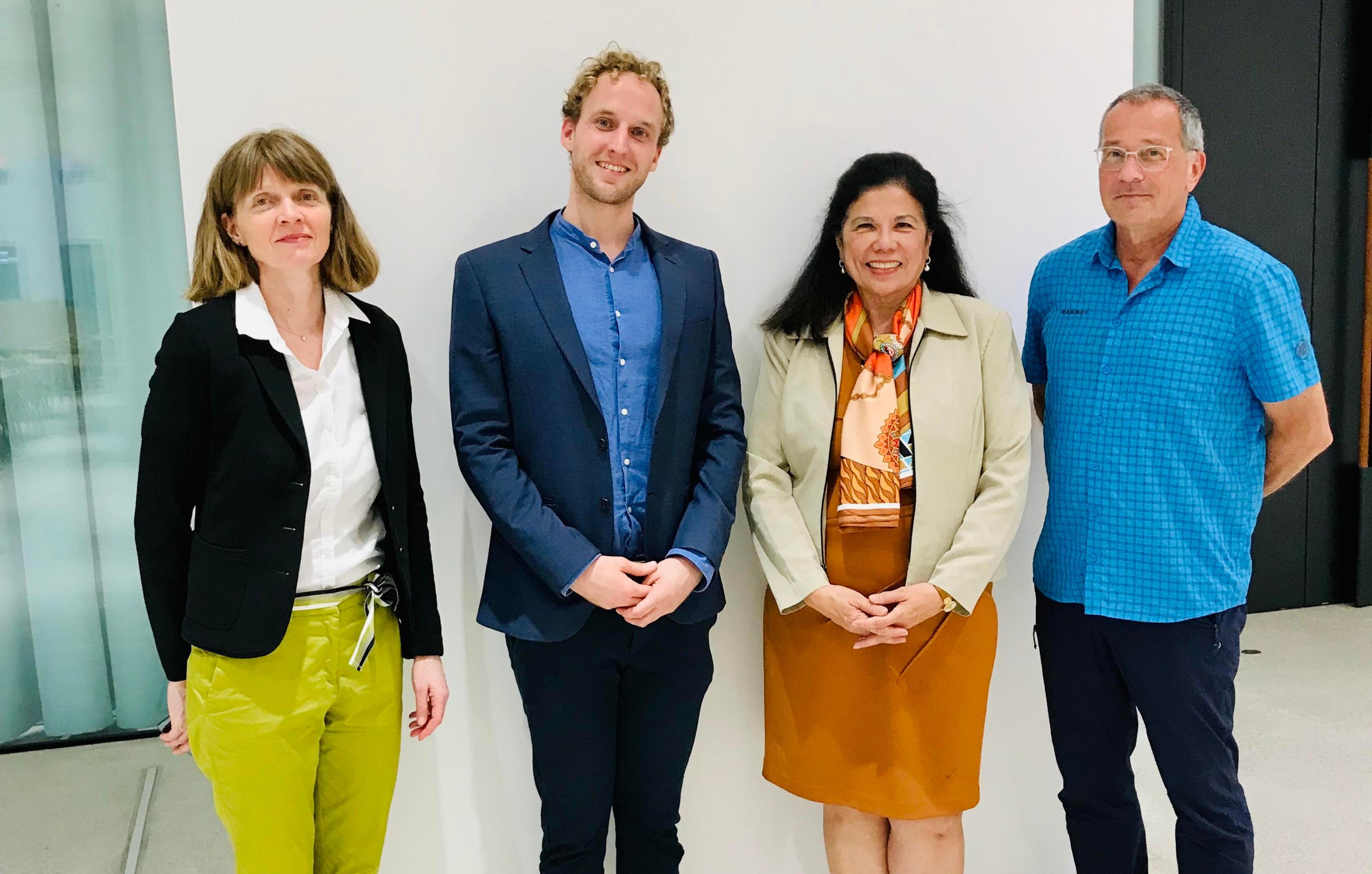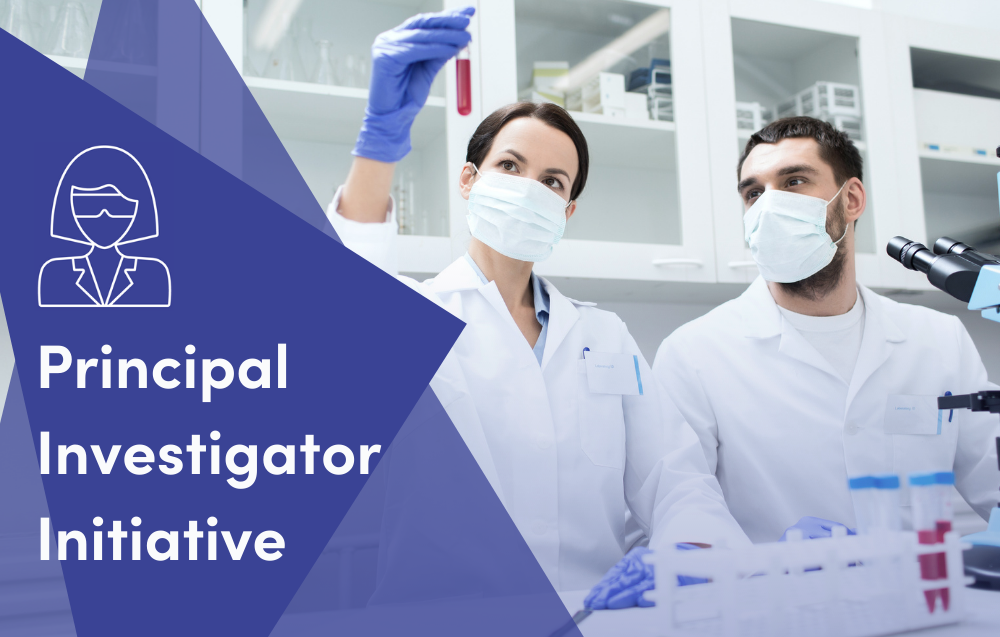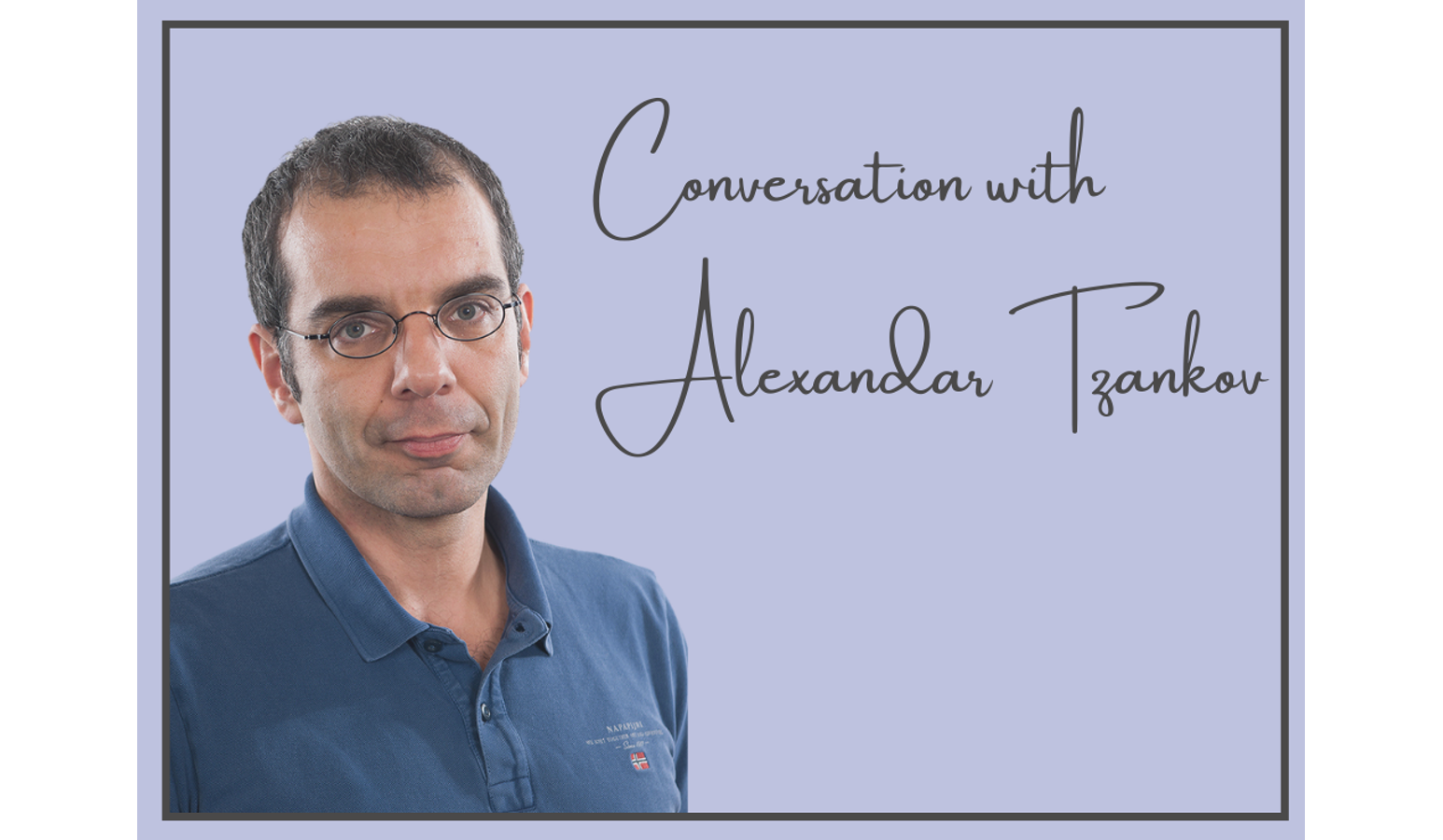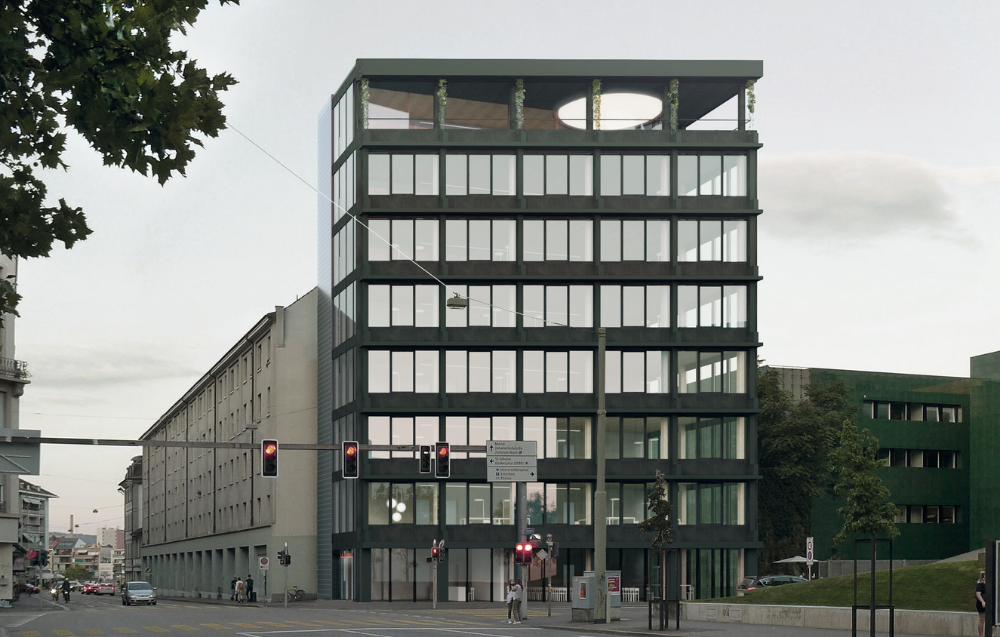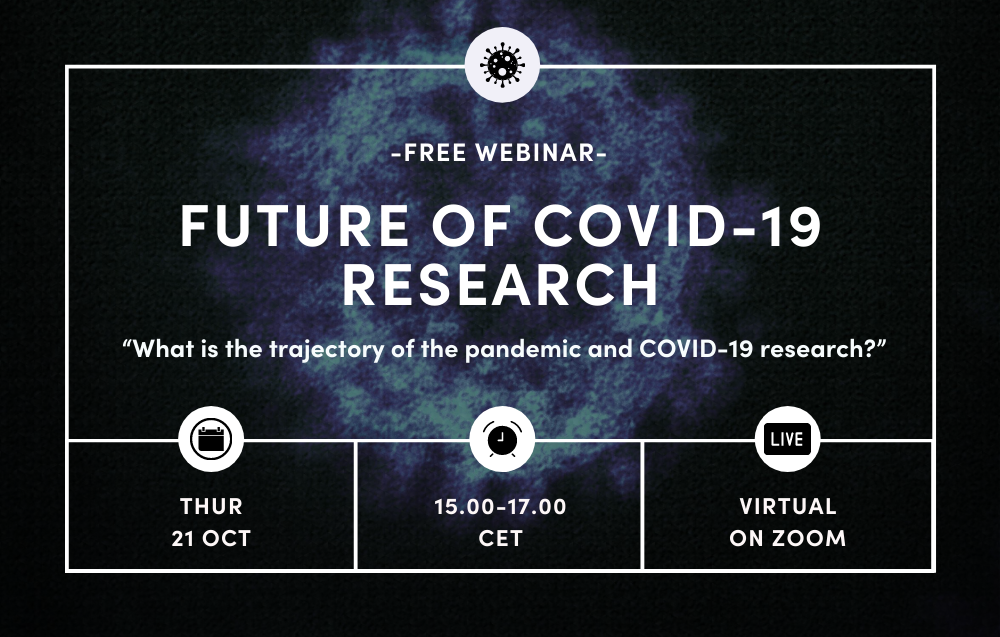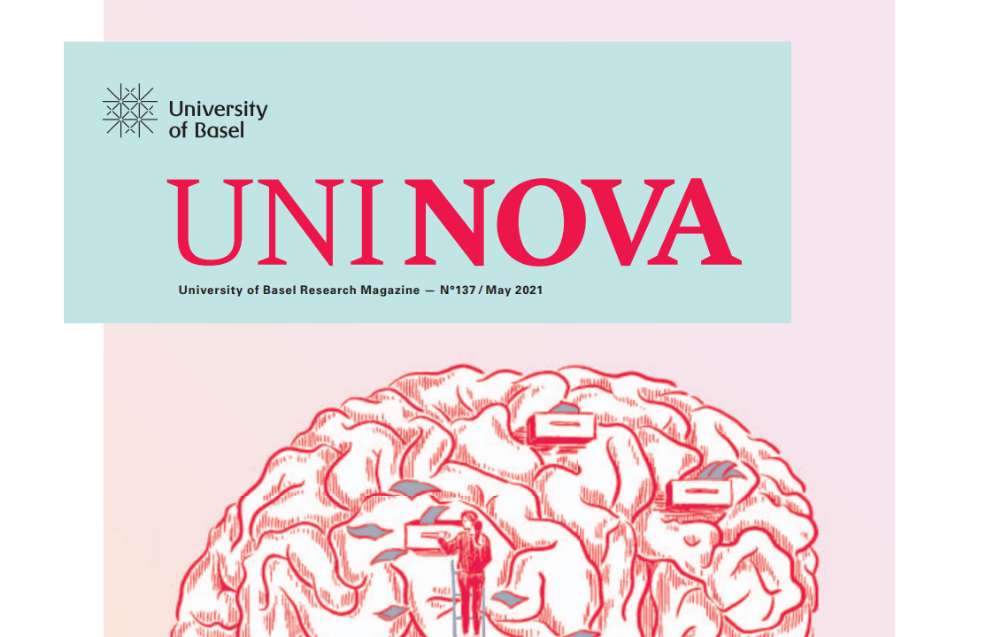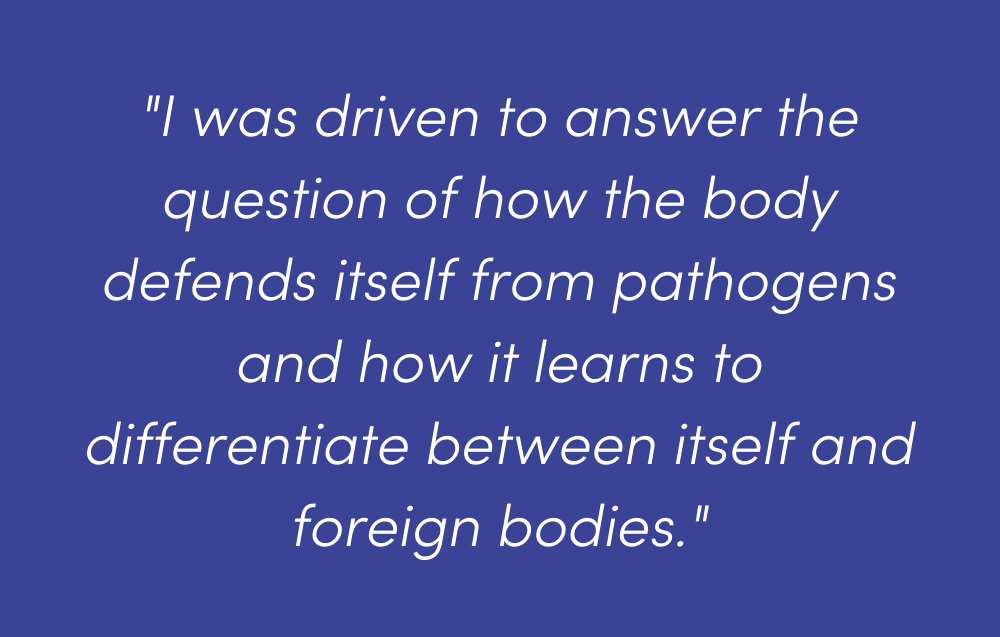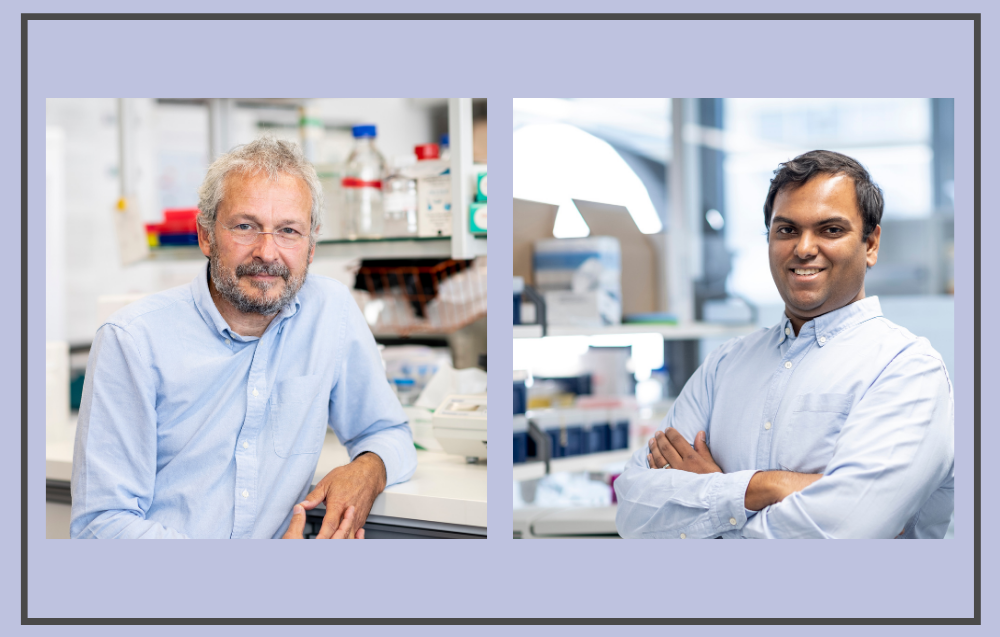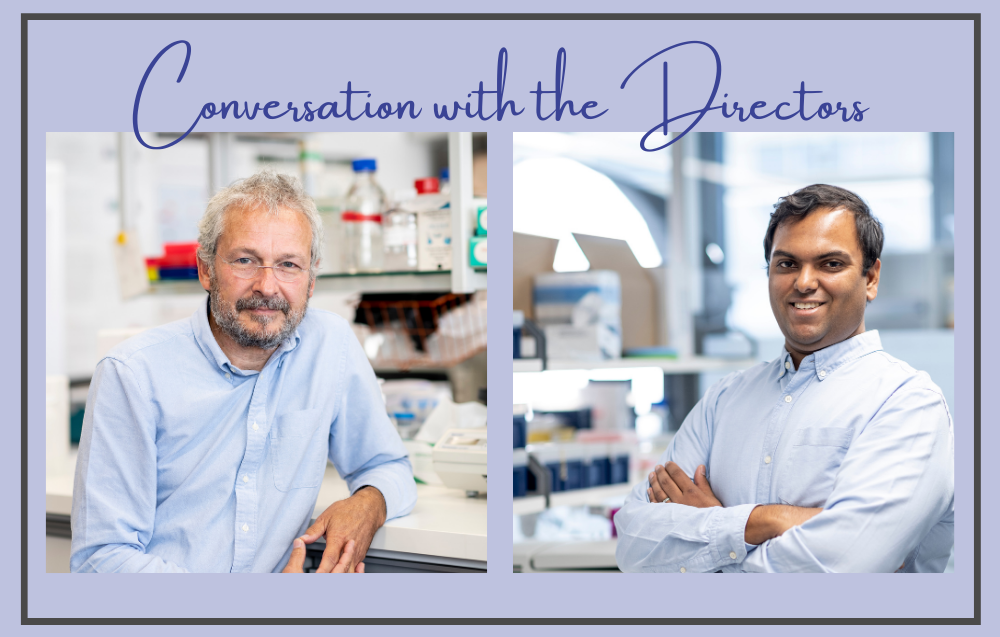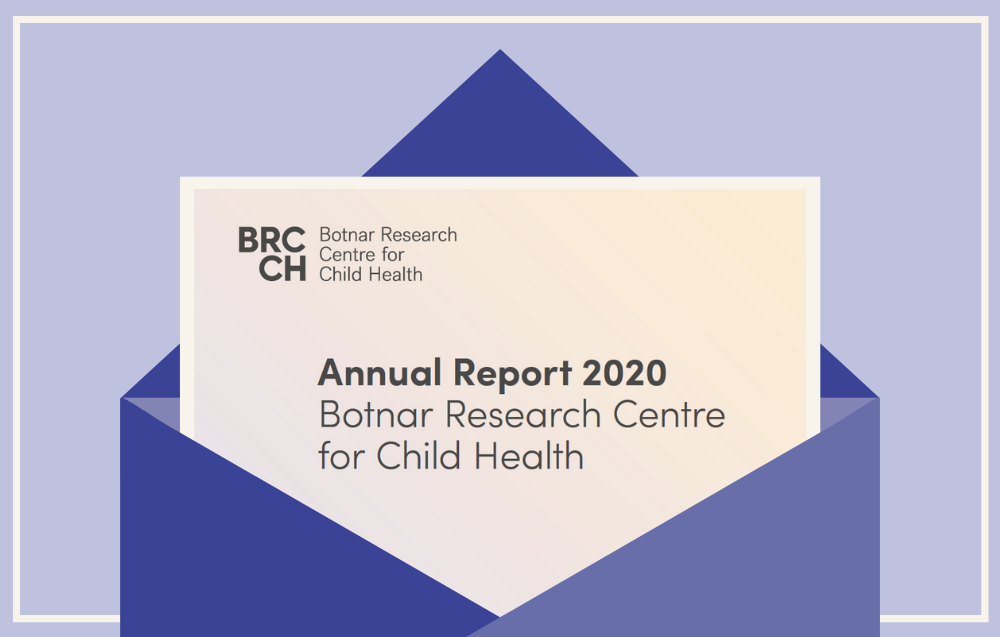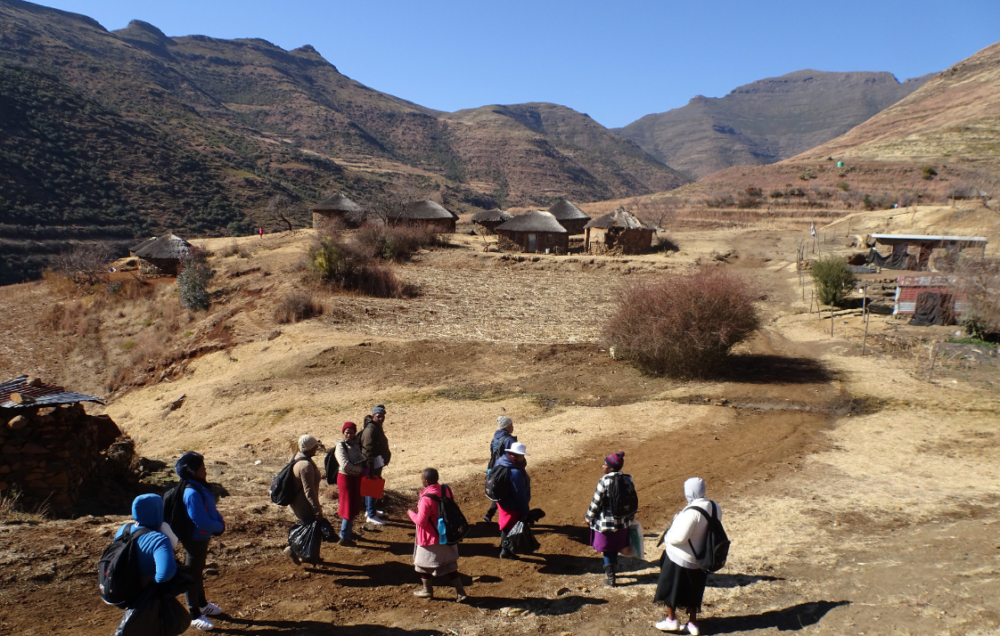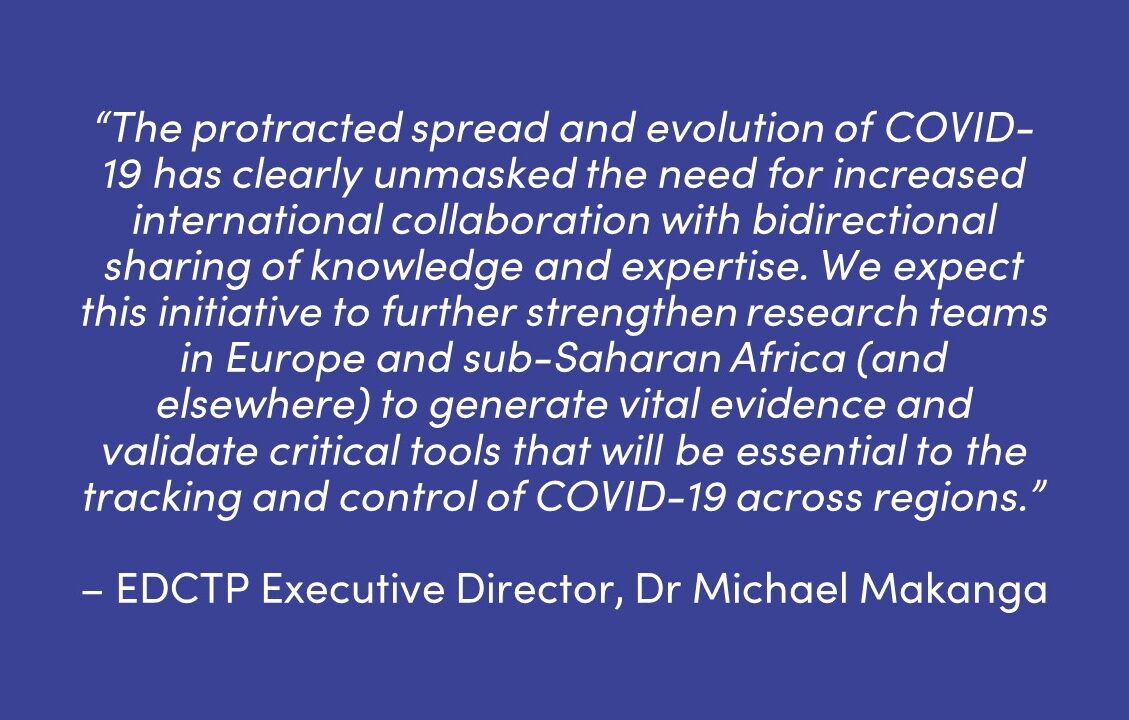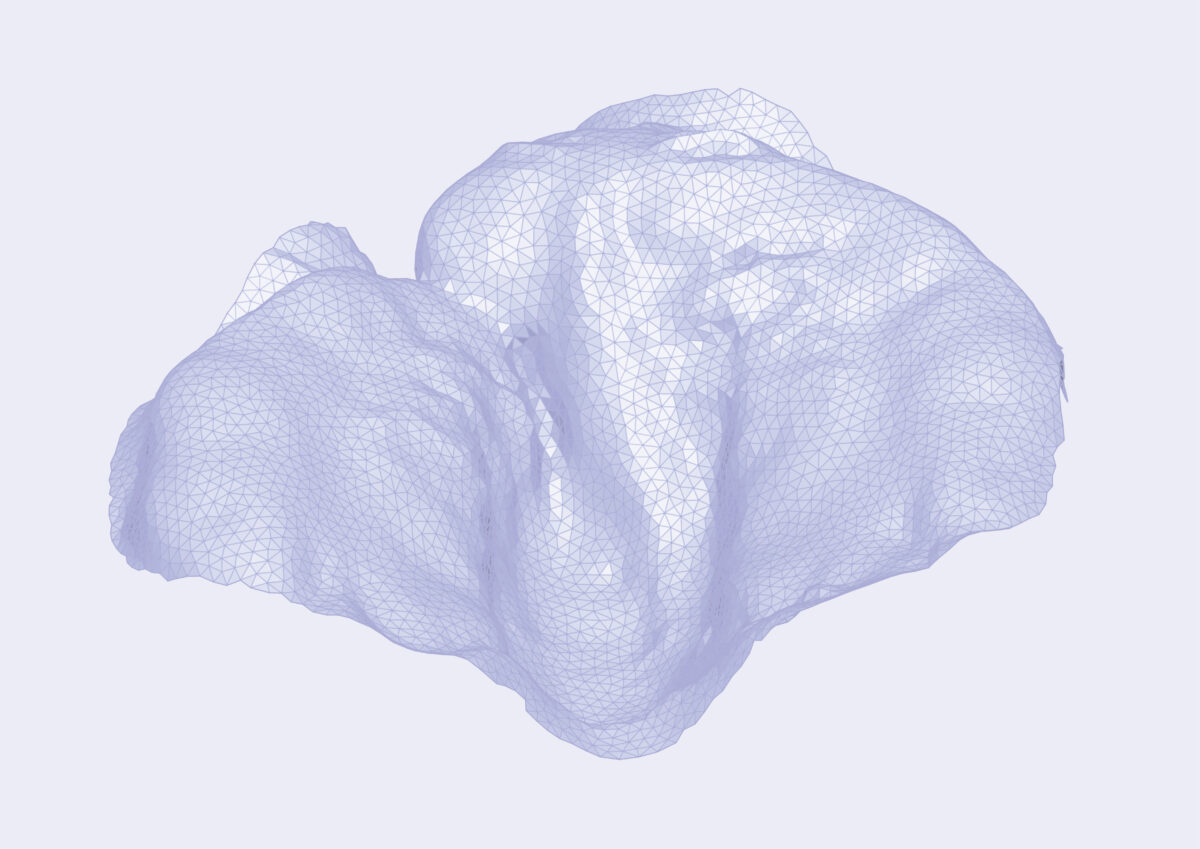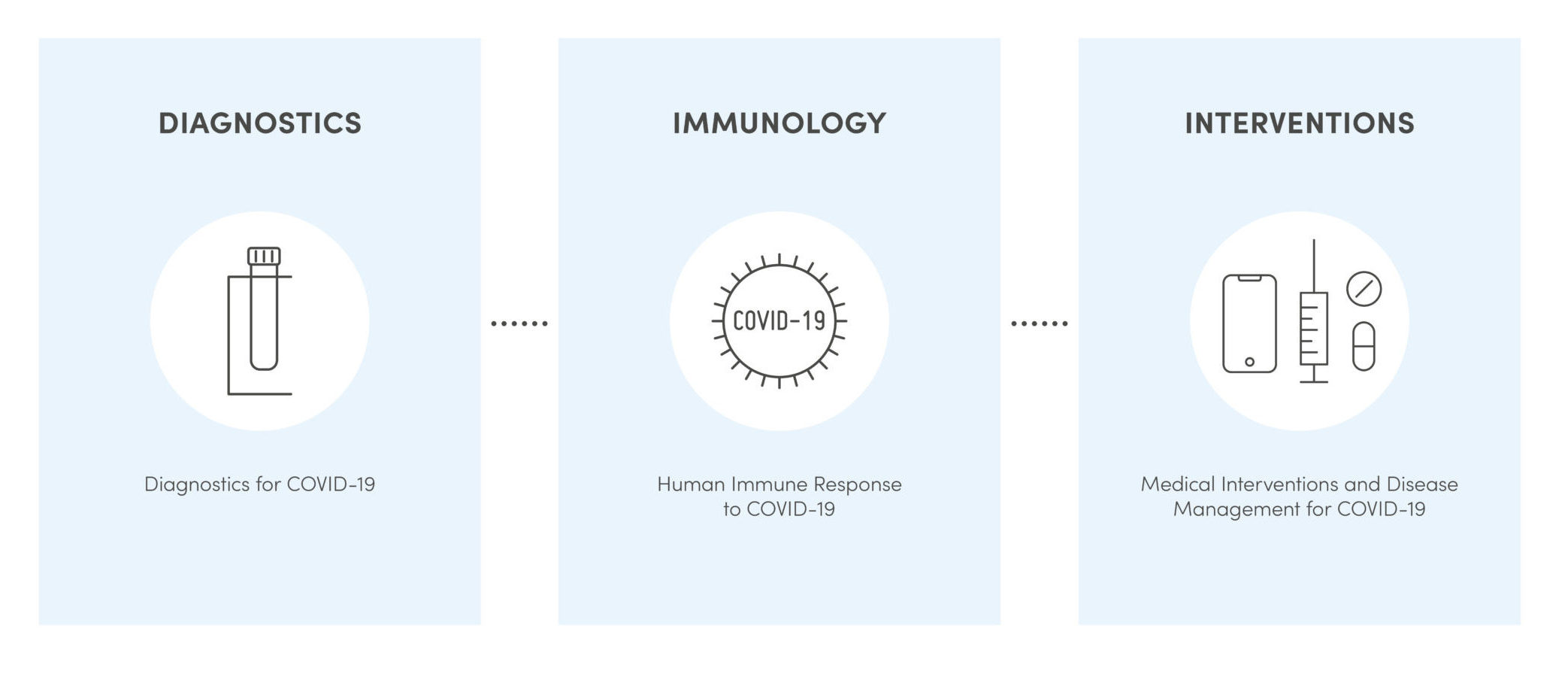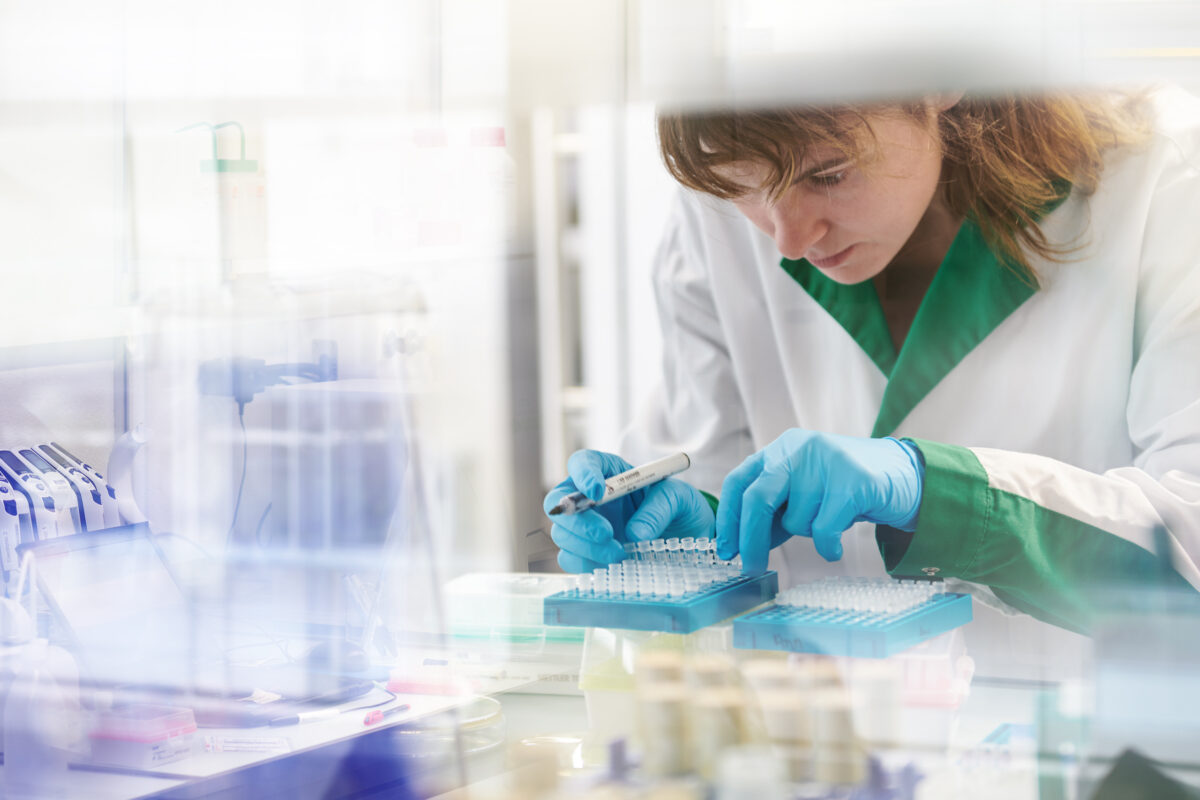Prof Kerina Duri, Mr Arthur Mazhandu, thank you for your time. Prof Duri, could you tell us about your research interests?
Kerina Duri (KD): My background is in biochemistry and biotechnology. I became interested and pursued my doctoral research in the field of viral immunology at the University of Norway, Oslo, and joined the University of Zimbabwe Faculty of Medicine and Health Sciences (UZ-FMHS) Parirenyatwa Teaching Hospital in 2010. At that time, we had some issues with high HIV prevalence. I worked hand-in-glove with paediatricians, who saw more and more HIV-uninfected babies born from HIV-infected mothers presenting with high mortality and morbidity, almost like HIV-infected babies.
Using funding from the Wellcome Trust for my postdoctoral work, we established the University of Zimbabwe Birth Cohort Study (UZBCS) aiming to understand why these HIV-exposed but uninfected babies were at higher risk of dying. The hypothesis was that their immune system was impaired during foetal development due to maternal exposure to HIV and the baby’s exposure in utero, and/or during the breastfeeding period to the mother’s lifelong antiretroviral therapy (ART).
We recruited 1200 pregnant women who were at least 20 weeks into gestation and followed up on three groups of babies: HIV-uninfected babies that were born to HIV-infected mothers, HIV-infected babies that were born to HIV-infected mothers, though this was a small number due to effective ART, and a healthy group of babies that were born to HIV-uninfected mothers. The main strengths of this study are the relatively large sample size and the simultaneous recruitment of HIV-infected pregnant women alongside HIV-uninfected pregnant women from the same community. Thus, all research participants reside in highly similar environmental conditions in high-density areas of Harare, resulting in an unusually homogenous study population.
Mr Mazhandu, how did you become interested in this research?
Arthur Mazhandu (AM): I am a biochemist currently working directly under Prof Duri in the Immunology Unit and working on my Master of Philosophy degree on Helicobacter pylori colonization in babies from birth until two years of age. I first met Prof Duri during an internship that was a requirement of my undergraduate studies in biochemistry. That is when I was introduced to her lab, her team and the work that she is doing. I caught the bug of being involved in clinical research.
Prof Duri, you have a long-standing collaboration with Prof Andrew Macpherson (University Hospital Bern) and now with Prof Randall Platt (ETHZ). How did that relationship develop, and how did you decide to also collaborate on this BRCCH project?
KD: We first met one of the researchers in Prof Andrew Macpherson’s lab, Prof Benjamin Misselwitz, when he visited UZ-FMHS in October 2018. At the time, they were and still are collaborating on inflammatory bowel disease (IBD) research in adults with Dr Leo Katsidzira in the Department of Medicine at UZ-FMHS, studying how diet and nutrition shape the microbiome profile in IBD patients. They thought to do a parallel study of the microbiome profiles in babies, since early life factors like low birth weight or the maternal microbiome impact infant microbiome colonization, and consequently their health and behaviour, even up to adulthood.
At the same time, we wanted to expand our research horizon in the UZBCS to why these HIV-exposed but uninfected babies were getting sick. That is where the microbiome collaboration came in. We know that microbiome colonization in babies affects the development of their immune system, so it is important to understand how maternal HIV infection and the baby’s exposure to ART in utero and during breastfeeding moderate or modulate the microbiome profile and immunity. The Bern group were also interested in studying the impact of malnutrition, as malnutrition in babies is a problem in Zimbabwe. So, we also want to see how malnutrition impacts early-life microbiome colonization and health trajectories in children.
There are a lot of synergies in this collaboration. We have an amazing biobank of samples from the cohorts of babies and their mothers including longitudinal paired mother-baby stool and breast milk samples, which is why we are here in Switzerland. We are adapting and applying Prof Platt’s technique, Record-seq, which was developed in mice exposed to gastrointestinal stresses. We want to gain a deeper understanding of Record-seq and to try to apply this technology to understand what happens in vivo in malnourished babies.
Could you tell us more about the importance of this research in the local context? Why is it important to study the microbiome in mother-baby pairs in Zimbabwe?
KD: We want to apply this technology to understand the biological stress from HIV exposure that characterizes the HIV-exposed uninfected children. This is of public health importance because these babies are the future. This group is growing every year because with the advent of ART, more HIV-infected women are more willing to have babies since the risk of HIV transmission to their children has reduced (from 33% before the ART era to about 2.7% now1). In the future, these babies will probably constitute a large part of the population, but we don’t understand them; for example, how cognitive development and learning ability are impaired in school-aged children and how they fare when compared to healthy babies born to HIV-uninfected mothers remain elusive.
AM: It is also important in the local context because the clinical findings we learn from this study could have a tangible effect on society now. For example, based on some of the UZBCS data, we have just submitted a paper on the factors responsible for women becoming anaemic in pregnancy. We publish that sort of information for the community. That is the biggest achievement we hope for with this research and these cohorts.
What motivates the mothers to participate in your research?
KD: The mothers want to contribute and have a sense of responsibility, duty and altruism. We explain to them that they themselves, or their children, might not benefit from this research, but we also explain to them, “If you decide to participate in this project, future mothers will benefit from the results of your participation, just as you now benefit from research done in the past and the participation of past mothers.” In addition, sick mothers and their babies are attended to by the clinicians for free. That is another benefit, because doctor visits can be expensive and 21% of the mothers are living under a dollar a day.2
We have a lot of data that we initially obtained from index babies that we first enrolled at the inception of the project and followed for two years. As of 2022, we are including all subsequent pregnancies and babies from the same mothers who are interested in having their other children included. Thus, incredibly, we have a mother-siblings dataset that dampens down statistical noise and confounders associated with environmental differences and household variability.
We are planning to provide the participating mothers with basic medication – paracetamol, analgesics and antipyretics – since currently local primary healthcare services are no longer providing these medicines. As part of our social corporate responsibility, we should give back to the community that is providing priceless, invaluable information that can benefit humankind.
Has the team faced any challenges in this project? How are you overcoming them?
KD: It is a challenge to motivate mothers to participate long-term in the project, especially during the COVID-19 pandemic. In addition, the national economic situation in Zimbabwe is concerning, such that some of the mothers are moving from the city back to their villages where life is relatively cheaper and less stressful. Some mothers now live 10 hours away, and some have even crossed the borders to neighbouring countries, especially South Africa. Now, after about five years, we have 600 mothers and babies actively participating in the study, which I think is still a phenomenal achievement given the circumstances.
What do you hope to learn or advance from this work and collaboration?
KR: We are grateful to our collaborators here for the technology transfer in 16S gene sequencing techniques. We are now writing a lot of papers and publishing profusely. Even today, we are supposed to submit a paper.
The results from the UZBCS are impacting and will continue to impact policymakers and shape policy. Our main focus is HIV, but we also look at comorbidities: infections such viral hepatitis, cytomegalovirus, syphilis and latent tuberculosis and non-communicable diseases such as malnutrition and anaemia and their associated risk factors. For example, we also ask mothers how much they earn as a family or how much they spend on food to understand the factors influencing malnutrition. The data shows that spending less than $60 monthly per family (~3 people) on food predisposes mothers to anaemia. We can sit with the Ministry of Health and policymakers and engage with them about this information and with evidence to reduce inequalities and strengthen sustainable livelihood support for the vulnerable in order to reduce anaemia malnutrition and thereby, improve health outcomes for their children.
We hope to continue this research because of the paucity of data on a very important growing population of HIV-exposed but uninfected babies. In the literature, most studies have only followed babies for one or two years. Our babies are already five years old. It is important to follow these babies to adolescence and, if resources permit, to establish a parallel rural group of mothers and babies to better understand the effects of different environments, microbial exposure and diets on these children’s health.
AM: I am learning all aspects of the project, not just the biochemistry and lab. I am learning how to approach mothers about the study and answer their questions, to keep relationships with the mothers over time, process and analyse the samples and write papers.
I also want to have an impact on my immediate surroundings. If I can continue my studies, I will continue to have great outputs, such as papers, that can also influence policy for the betterment of the community.
KD: If I can comment: We do quite a lot with little resources, and the output is quite astronomical. That is because of these iconic students like Arthur and other members of my team currently at home, Mr Privilege Munjoma (pursuing a Doctorate of Philosophy) and Mr Panashe Chandiwana (pursuing a Master of Philosophy), who are also supported by the BRCCH. We depend on the motivated students who go above and beyond what is required of their studies to advance the UZBCS. I really commend them.
We are coming to the end of our talk. Thank you again for sharing your insights. Are there any last thoughts that you would like to share?
AM: Through this project, I have gained insights into the health system, especially from the perspective of children – how delicate they are and how much attention they need. For me, I can have a direct contribution to society. That has been really meaningful to me.
KD: It is a passion for me. I want this project to work and continue like the famous Framingham Heart Study in the USA. We are doing everything, all the aspects involved in running and maintaining the study. And we depend on the students. We can do it for a certain time, but it is not sustainable as is. We work so hard, and the output is there, but we also want to put bread on the table and pay bills. We want to survive. We have children.
It is about equity and survival and the unpredictable economic blips. That is our biggest challenge because we need a non-static adjustable living salary for these youngsters like Arthur in order for us to retain our students in Zimbabwe. If they can focus on their work, we achieve much more and build capacity. I am getting old; I also want Arthur to take my lab to a higher level or to have his own, better lab in the future.
This collaboration is really great, and I can see the exponential increase in tangible results clearly coming out of it. I think we are one of the few groups in Zimbabwe to work on the microbiome. I want to thank all the mothers and babies participating in the study, the students and support staff, and our collaborators Prof Andrew Macpherson, Prof Benjamin Misselwitz and Prof Randall Platt. Last but not least, I wish to sincerely thank the BRCCH for our research funding over the years.
Background:
Prof Kerina Duri (PhD, MSc, BSc Hons) is an associate professor at the University of Zimbabwe in the Faculty of Medicine and Health Science. Her research interest is in understanding how maternal comorbidities such as HIV, Helicobacter pylori and intestinal helminths infections, malnutrition and mental health affect pregnancy outcomes, infant growth and health, immune development and immune dysregulation through gut microbiota profiles and composition from birth to adolescence, with a special focus on HIV-exposed but uninfected infants and children. She established a birth cohort of 1200 mother-infant pairs in urban Zimbabwe, from which there has been an incredible accumulation of data. The cohort study can be found at www.clinicaltrials.gov, under registration number NCT04087239.
Within the context of the BRCCH, she is a Collaborator on the research project Living Microbial Diagnostics to Enable Individualised Child Health Interventions led by Prof Randall Platt (ETH Zurich). This project is part of the BRCCH’s Multi-Investigator Programme.
References
- Duri K, Mataramvura H, Chandiwana P, Mazhandu AJ, Banhwa S, Munjoma PT, Mazengera LR and Gumbo FZ (2022). Mother-to-Child Transmission of HIV within 24 Months after Delivery in Women Initiating Lifelong Antiretroviral Therapy Pre/PostConception or Postnatally; Effects of Adolescent Girl and Young Woman Status and Plasma Viremia Late in Pregnancy. Frontiers in Virology. doi: 10.3389/fviro.2022.906271.
- Duri K, Munjoma PT, Mataramvura H, Mazhandu AJ, Marere T, Tabvuma T, Chandiwana P, Gumbo FZ and Mazengera LR (under review). Burden of Anaemia in Pregnancy: Associated Risk Factors and Adverse Birth Outcomes in a Resource-Limited Setting.
